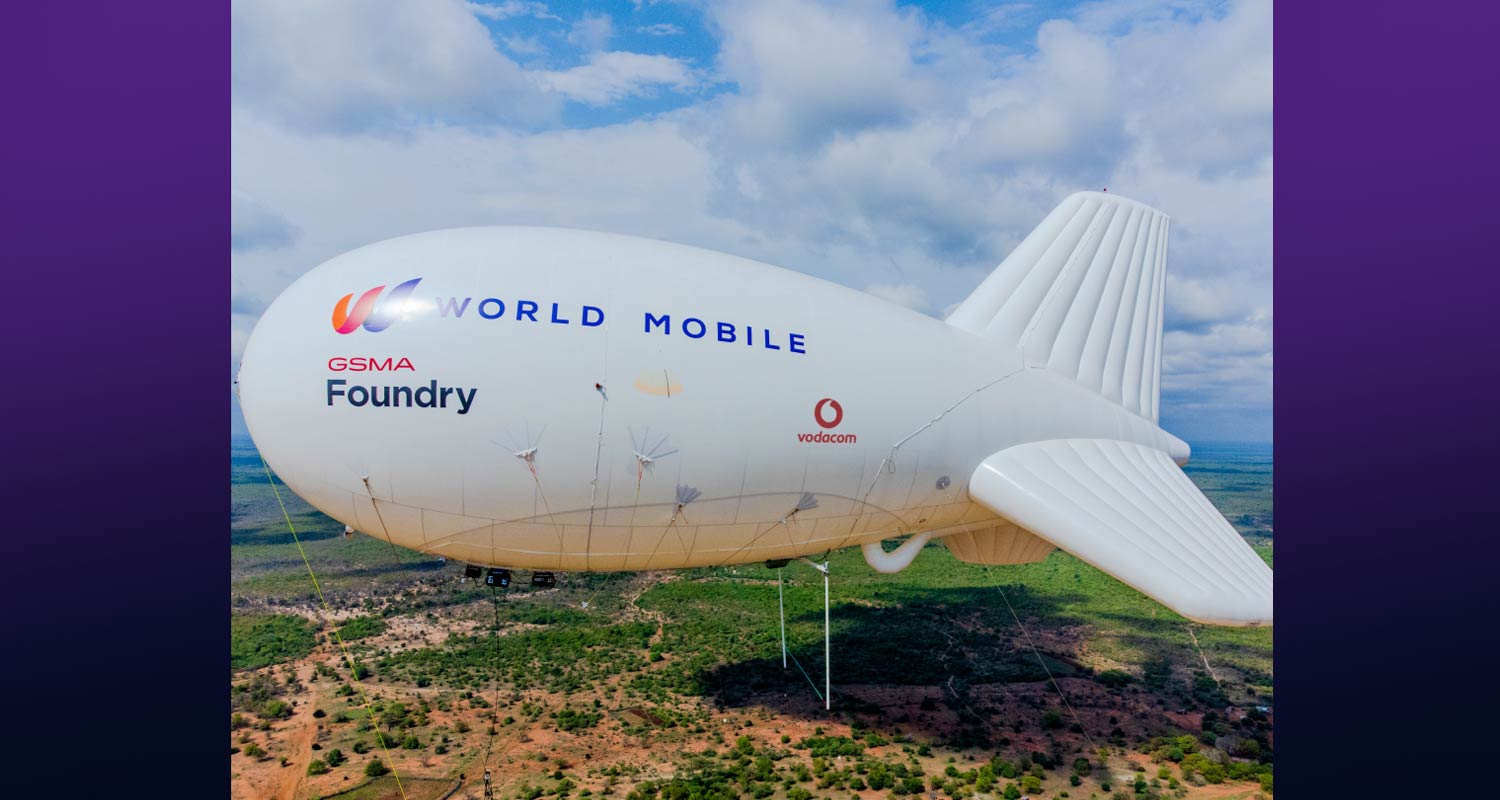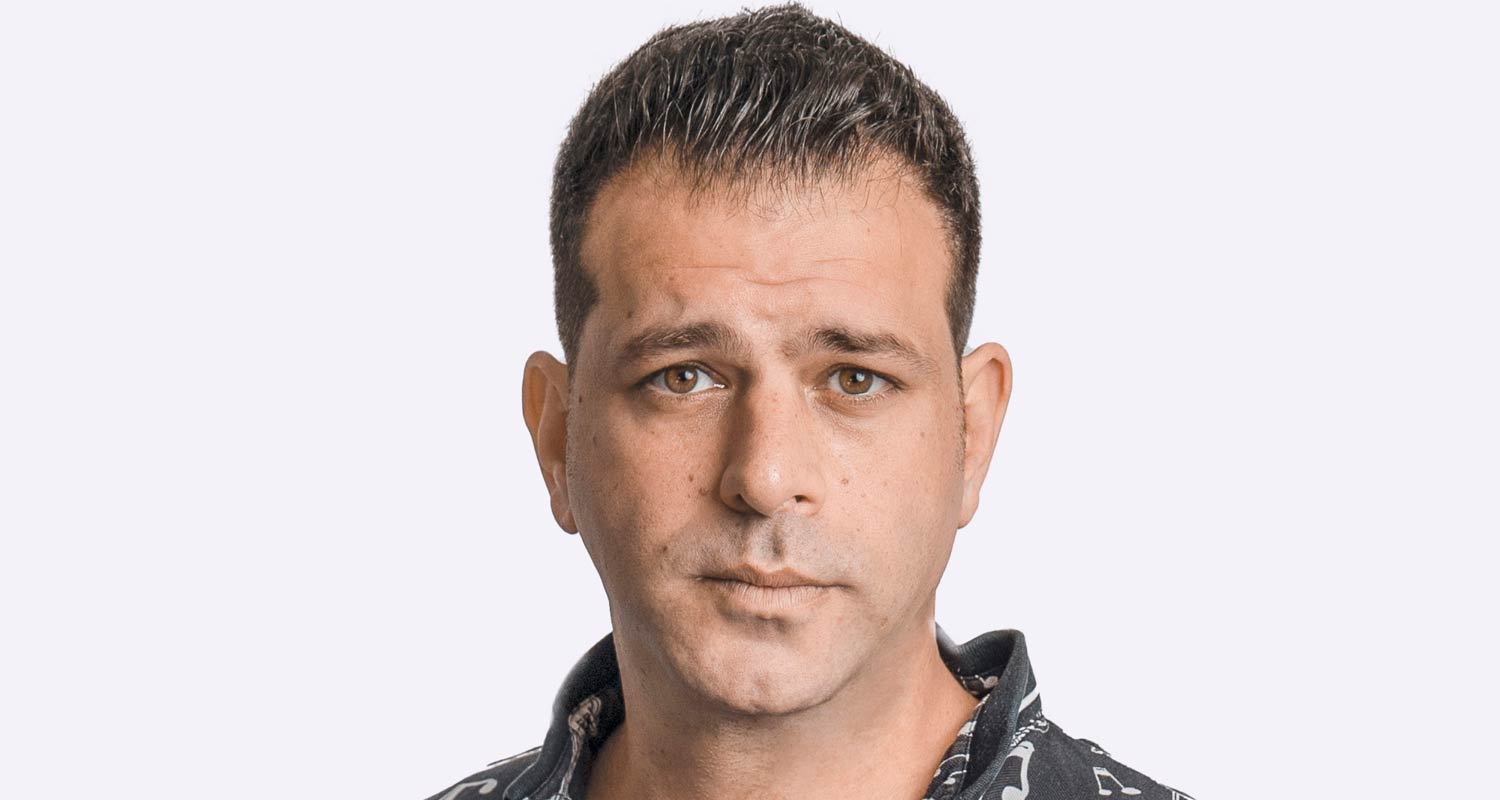 World Mobile Group recently launched its first “aerostat” in Massingir, Mozambique, in collaboration with Vodacom.
World Mobile Group recently launched its first “aerostat” in Massingir, Mozambique, in collaboration with Vodacom.
Vodacom shared spectrum and other vital resources to facilitate the launch of the aerostat, or tethered balloon.
The trial in Mozambique is more than just a technological experiment. “The success of this project could pave the way for similar initiatives across Africa and beyond, bringing us closer to a world where everyone is connected,” said World Mobile CEO Micky Watkins.
The trial kicked off in November and will assess the efficacy and sustainability of the aerostat technology in real-world scenarios.
Of the 5% of the world’s population not yet covered by mobile internet, half live and work in sub-Saharan Africa – in rural districts like Massingir, a remote part of Mozambique adjacent to Kruger National Park.
The company initially hoped to launch aerostats – helium-filled balloons tethered to a base station on the ground with a high-speed fibre connection – in Zanzibar and Pemba, both in Tanzania. But after waiting 11 months for permission to be granted by the regulator, it decided to launch elsewhere.
In an October 2023 CNBC Africa interview, Watkins said: “Mozambique regulators and flight authorities have been incredible.” But he added that as soon as Zanzibar grants permission, World Mobile will launch on the island.
Tethered to the ground
Mozambique’s internet penetration rate stood at a mere 23% of the population in 2022, an unsurprising figure given that almost 62% of its population lives in rural areas. Most of the country’s infrastructure is concentrated in urban centres, while a lack of electricity in rural areas means there is limited power to support internet access.
This lack of connectivity inhibits access to healthcare, education and economic opportunities, and almost three-quarters of the unconnected population cannot afford internet services or devices such as smartphones and computers, according to the World Bank.
World Mobile’s Massingir aerostat is positioned about 300m in the air and is tethered to the ground, providing last-mile connectivity using a custom radio payload. This means customers can directly connect to the payload using internet-connected devices akin to a traditional cell tower.
Read: Vodacom pulls plug on internet balloons project
The aerostats offer standard cellular connectivity covering a radius of up to 130km, overcoming the challenges of terrain, infrastructure and cost that often hinder the expansion of mobile networks.
The company’s aerostats expert, Gregory Gottlieb, said in a statement: “An aerostat is one of a number of different types of lighter-than-air vehicles that has a long history, much longer than aeroplanes or anything else that flies. They rely on the basic principle that approximately one cubic metre of helium can effectively generate enough lift to carry 1kg.”

The way an aerostat lifts a payload into the air is not by floating, but by displacing the air around it – similar to turning an empty glass upside down in a sink, he said. The tether that keeps this floating balloon of helium fixed to the ground is among the most crucial components of the solution.
“In the case of an aerostat, which is tethered to the ground, you are effectively building a tower that is the height of the tether that is attached to the balloon. There are a number of complexities to aerostat design, but perhaps the most complex piece of technology involved is the design of the tether itself.
“If you have a payload on the aerostat, any data or power or material that has to be used by that payload has to come up the tether. At the same time, the tether has to provide the ability to raise and lower the aerostat, change altitude and provide a ‘strength member’ that prevents the aerostat from simply flying away,” he said.
The tether that links to the base station below must therefore be both extremely durable and complex, while also providing a high-speed data connection and power supply to the communications payload on the aerostat itself.
Similar projects have been tried before. Google’s balloon-powered internet company, Project Loon, intended to spread internet access across the globe using a network of helium balloons floating in the sky, partnering with telecoms companies to beam their LTE services to inaccessible places.
In May 2020, Loon announced a deal with Vodacom in Mozambique that would have seen the two begin serving the Cabo Delgado and Niassa provinces, two regions of Mozambique that have proven hard to connect in the past.
But in January 2021, Loon said the project was “winding down” after failing to find a sustainable business model to keep going. This prompted Vodacom to stop work on the project, too.
‘Built on the blockchain’
According to Watkins, unlike traditional mobile networks, World Mobile is “built on the blockchain, enabling it to offer unmatched transparency, efficiency and security in comparison to legacy mobile network operators”.
Watkins hopes to initiate a “distributed sharing economy that taps into the trillion-dollar global telecoms market, where individuals and business owners can operate nodes on its network and bring their communities online while earning revenue”.
“It requires US$1-milion to deploy an aerostat. People can club together and purchase their own, which will lower the barrier to entry.
Read: Is it a barrage balloon? No, it’s a Stellenbosch airship
“It’s not the fault of the mobile network operators,“ he added. “Their legacy infrastructure doesn’t support connecting the unconnected profitably. We are working towards a sharing economy where the people can run the network for the people and get paid for it, and our tests in America have shown that we can provide the same sort of coverage at 12 times less cost. That is the answer to connecting everybody before 2030 and that’s what we’re aiming to do.” — © 2024 NewsCentral Media




